A common feature among home sewage lines is a cleanout. A sewer cleanout is basically a small part of a sewer line that you can access by unscrewing its cap. Should there be a clog in the sewer line, this feature makes it significantly easier — and less expensive — to open up the blockage.
To find out if your property’s sewer line features a cleanout, you simply have to look for it. Depending on the layout of the house, the sewer cleanout can be located anywhere. If it’s installed outside the house, you may find it concealed among the shrubbery. The first place you should consider looking, however, is around the vicinity of the bathroom.
If you have a basement, check the concrete slabs along the foundation walls. You shouldn’t have a hard time locating the sewer cleanout once you know where to search for it.
Sewer line cleanouts are must-have features of a home sewage system — especially if the issue of clogs is something you often deal with. If your sewer line doesn’t already include a cleanout, consider having one installed. Besides being cheaper and easier to snake than the mainline, a sewer cleanout allows water to be released in the case of a backed-up sewer line. This essentially prevents flooding inside the house.
When to Replace Your Sewer Line
The question of when to have your main sewer line replaced comes down to how it’s performing. If you notice that the line is backing up more than once each year, it may be worth digging up the affected area and repairing it — or replacing it altogether. In most cases, however, snaking the mainline every other year should be enough. Bear in mind that there is a significant price difference between having the line snaked and having it repaired or replaced.
Fixing a Clogged Sewer Line
Although you can normally use a drain snake to find and clear out a clog in the drain line, clogged sewer lines pose a bigger problem. This case requires a sewer drain snake driven through the sewage line’s cleanout. If your mainline doesn’t feature a cleanout, unclogging the pipe can be rather difficult, therefore warranting a professional plumber.
While you should generally clean your sewer line once every two years, certain cases may require you to take care of the situation on the spot. These cases may include warning signs such as:
- Gurgling noises from the pipework
- Bad odors emitting from the sewer
- Constantly clogged drains
- Water puddles around the basement’s floor drain
- Backed up sewage in the toilet, bathtub, or drain
- Water backing up in the shower or bathtub when the washing machine is in use
- Water drains too slowly
How to Prevent a Sewer Line Clog
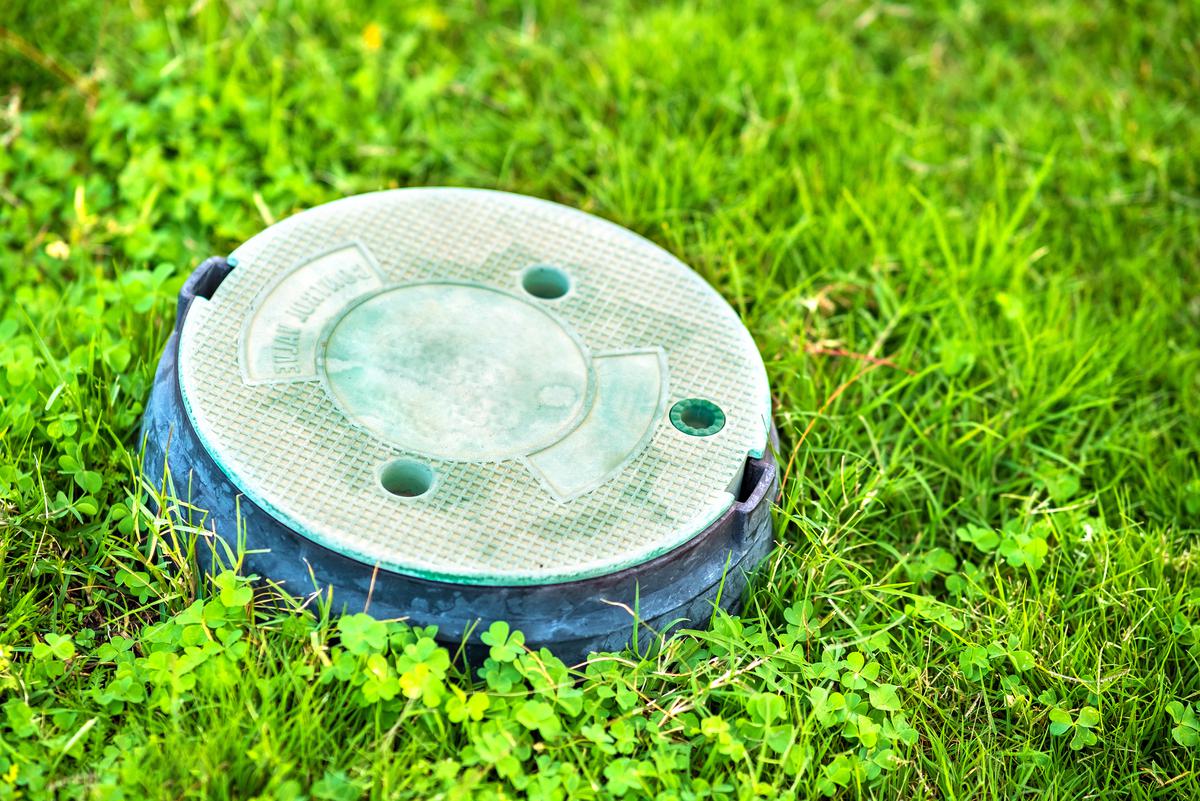
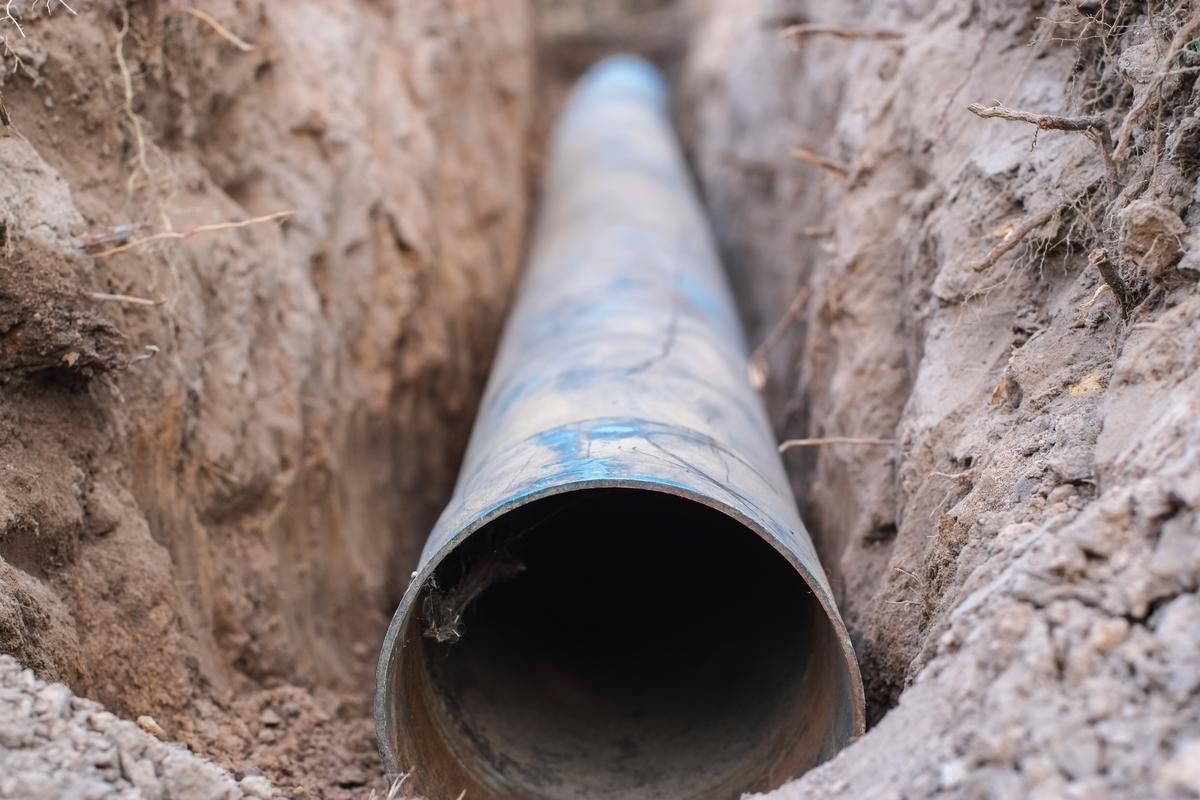
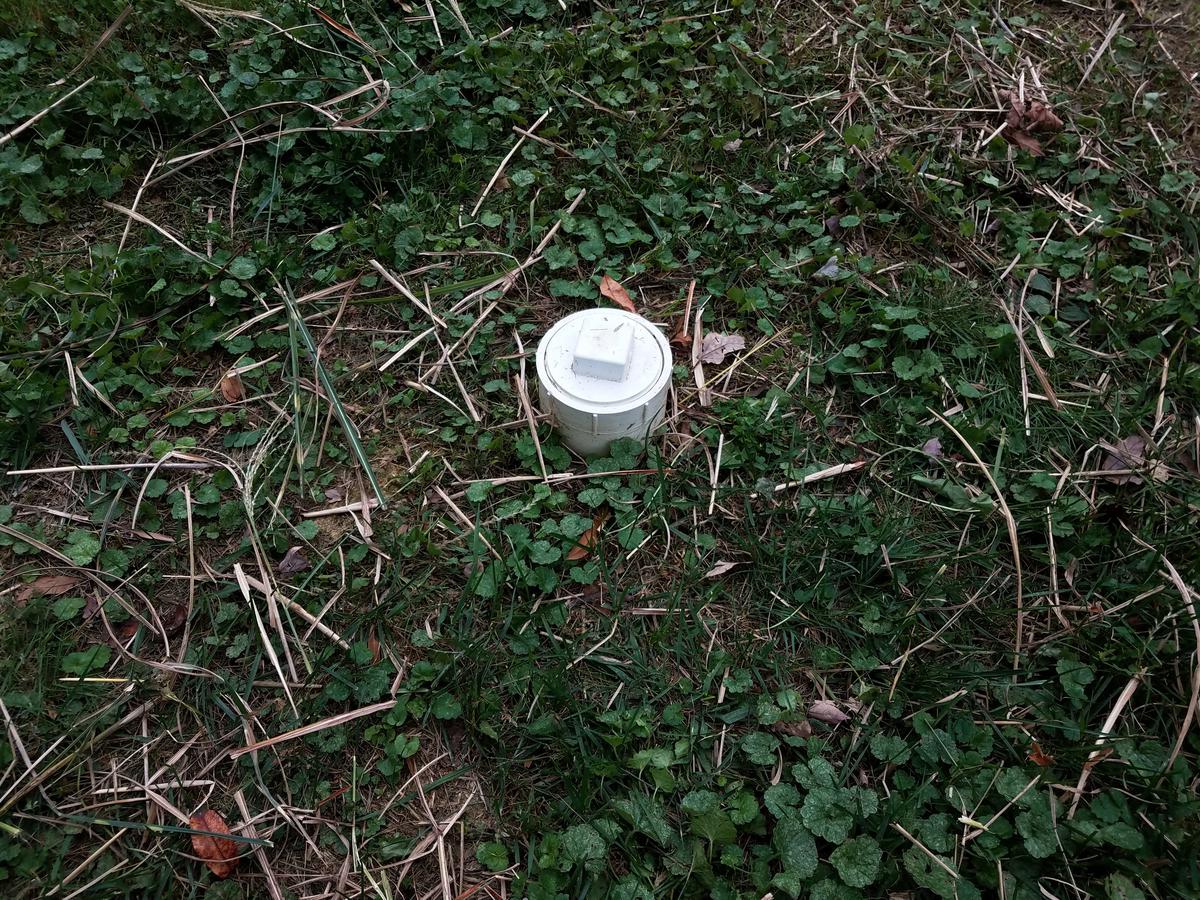
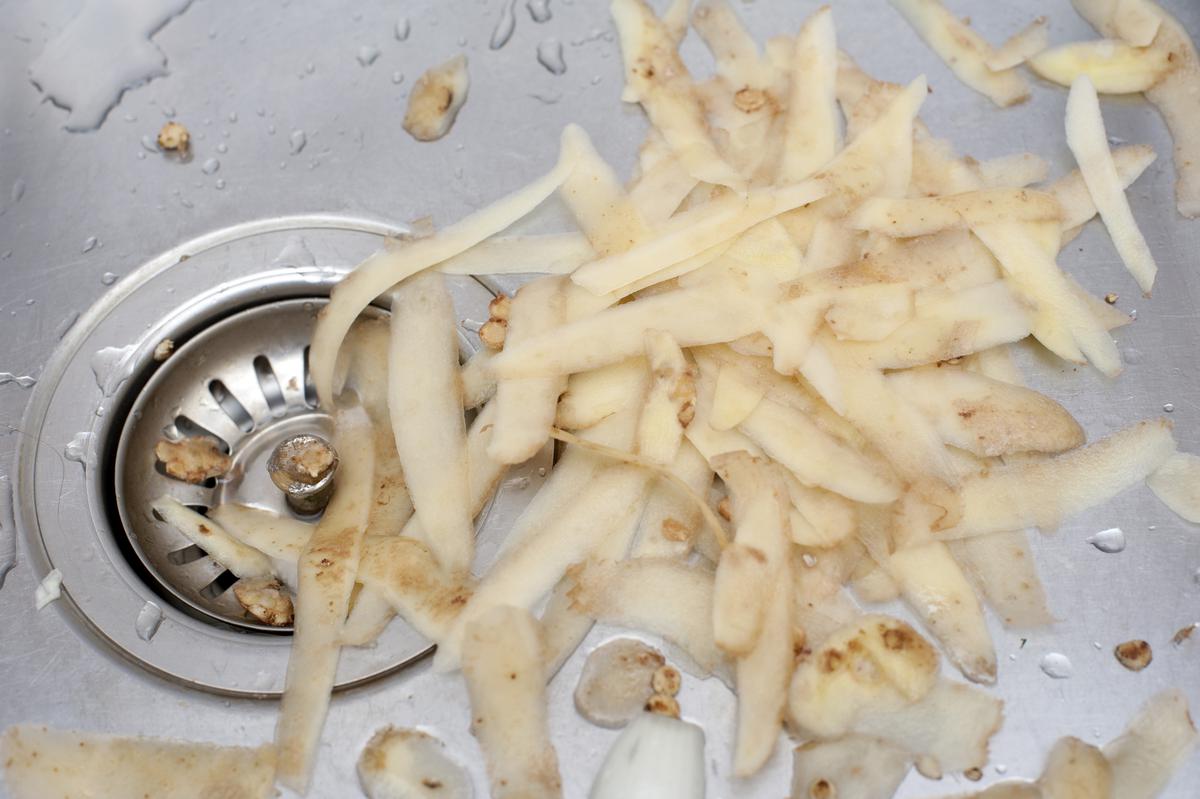
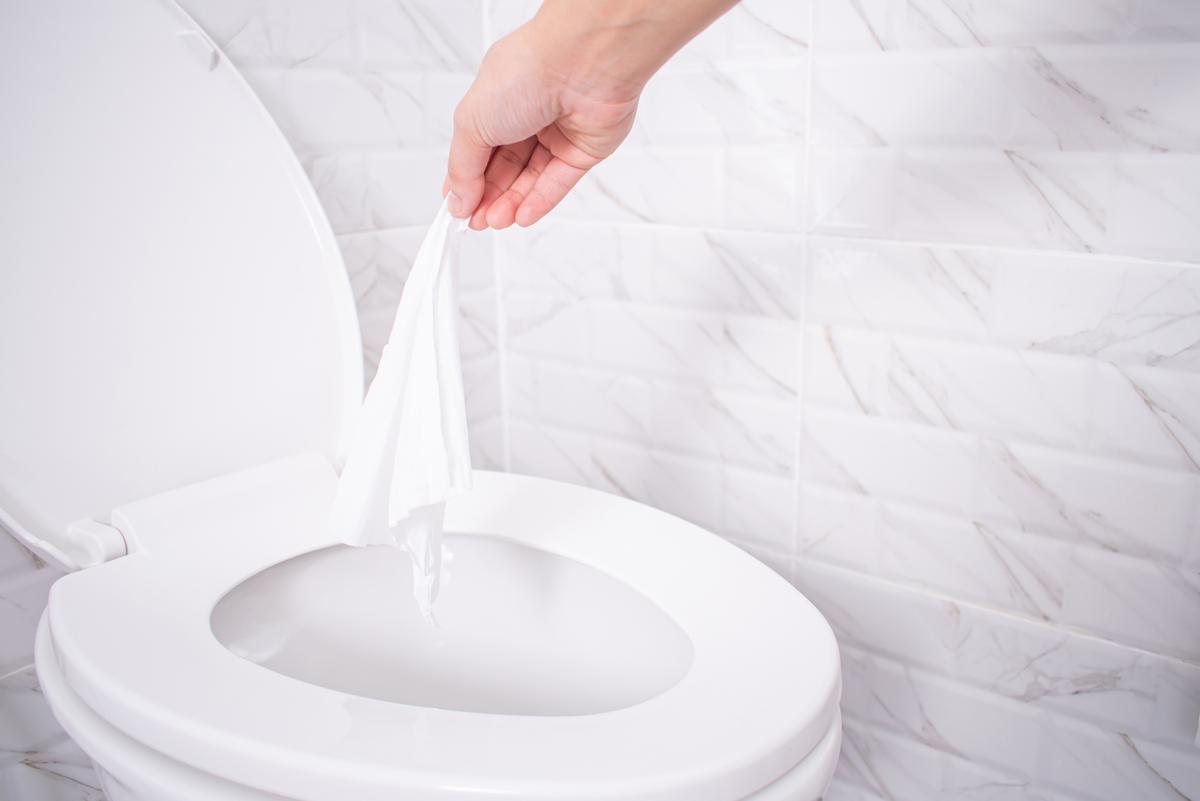
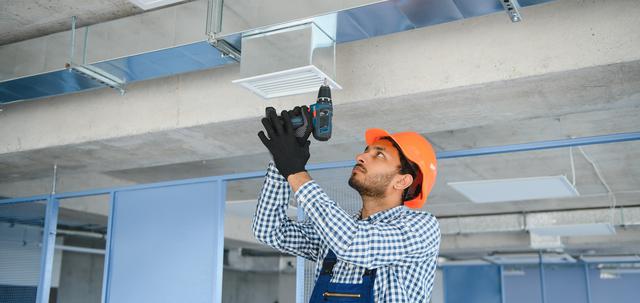
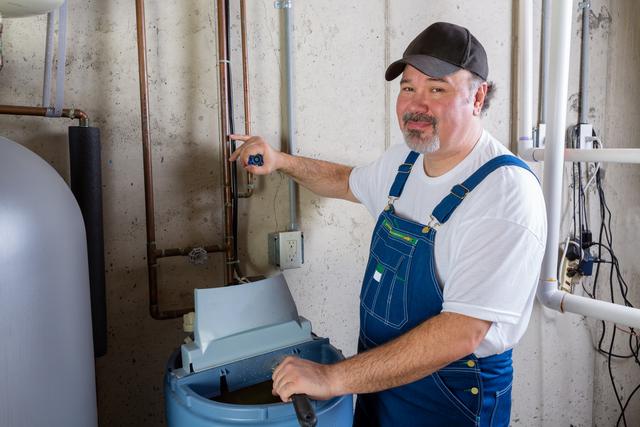
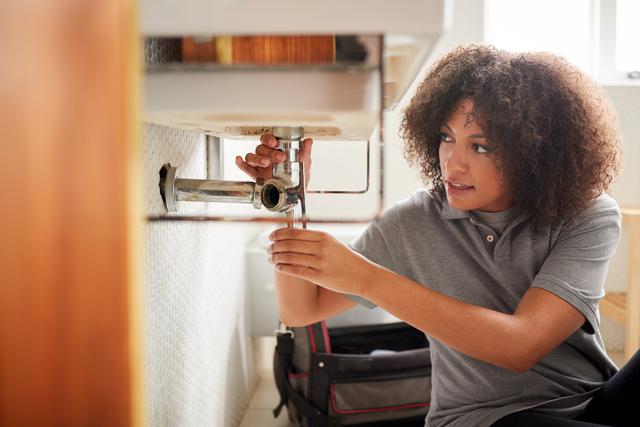
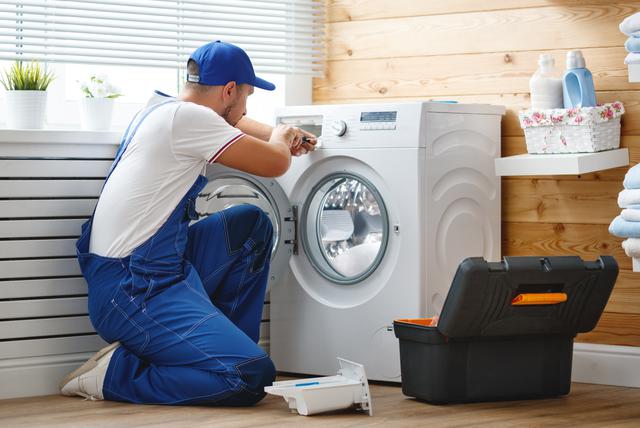
comments